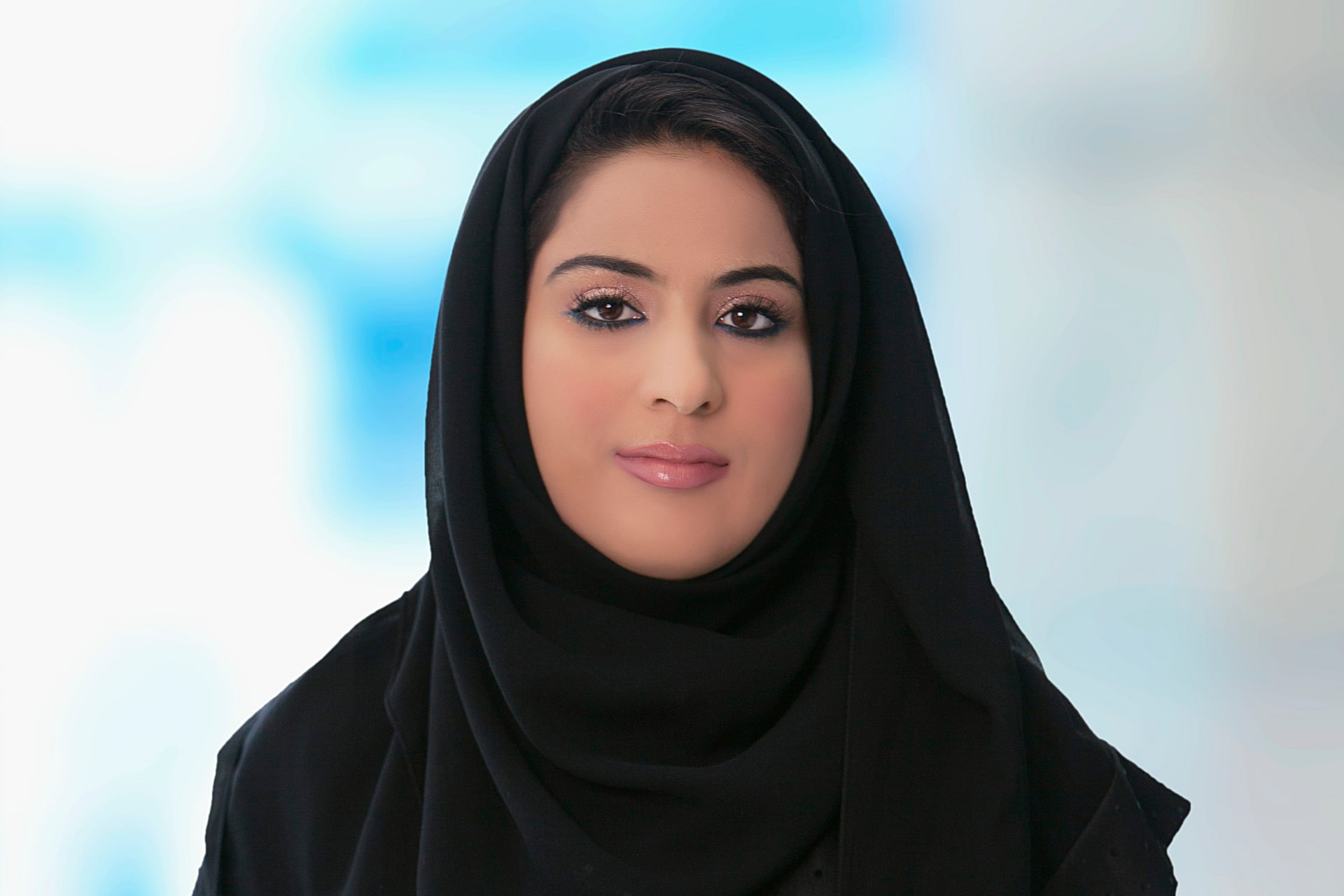M42 diabetes expert gives advice for a safe and healthy Hajj pilgrimag
Every year, millions of Muslims from around the world gather in Mecca, Saudi Arabia, to perform the Hajj. This journey is a must-do for any able-bodied Muslim. The Hajj involves a certain amount of physical exertion and this year, it falls during one of the hottest parts of the year, meaning those with chronic conditions need to take extra care.

Dr. Farhana Bin Lootah, Consultant, Internal Medicine at Imperial College London Diabetes Centre, part of the M42 group, offers valuable tips for diabetics embarking on this spiritual trip. She advises people to start planning well ahead of the trip by scheduling a visit with their diabetes care team.
She says, “Ensure that your blood sugar levels are well controlled before you leave. Your doctor may adjust your medication or insulin dosages based on anticipated changes in activity levels and meal patterns during Hajj.”
She adds, “Carry a letter from your doctor detailing your medical condition, medications and any allergies. This can be invaluable if you need medical assistance abroad. Ensure you have a copy of your prescriptions and a list of generic names of your medications.”
To ensure a safe and healthy experience during the Hajj pilgrimage, it is crucial to be up to date with your influenza and meningococcal vaccines at least two weeks before travelling. This is because infectious diseases such as flu and chest infections are common during Hajj due to the large number of people gathering in a particular space.
It is essential to bring all your required medication and that it is stored properly. Insulin, for instance, requires cool storage. Use insulated bags or cool packs to keep it at the right temperature during travel. Inform the organiser of your Hajj trip of your medical conditions as they may have a doctor accompanying the group. If this is not possible, it is still important to tell people you are travelling with that you have diabetes and teach them the signs of low sugar levels and how to treat it.
Stay hydrated, but avoid sugary drinks
During the pilgrimage it is vital that you regularly check your blood sugar levels, especially before and after meals, physical activities and before sleep. Carry a portable glucose meter and sufficient testing supplies. Be aware of the symptoms of both hyperglycaemia (high blood sugar) and hypoglycaemia (low blood sugar) and know how to manage them. Always carry fast-acting glucose, such as glucose tablets or gel, to treat hypoglycaemia and keep them accessible at all times.
Dr. Farhana stresses the importance of eating a balanced diet and sticking to mealtimes as much as possible. She says, “Opt for complex carbohydrates, lean proteins and plenty of vegetables to keep your blood sugar stable. Drink water regularly, monitor your intake, especially in the heat of Saudi Arabia, and avoid sugary drinks.”
As the Hajj involves walking and standing for long periods, pilgrims should wear comfortable, supportive footwear to prevent foot injuries. Foot care is crucial for individuals with diabetes due to the increased
risk of foot problems. Diabetes can cause nerve damage, reducing sensation in the feet, and poor blood circulation, making it difficult for wounds to heal. Be aware of any blisters and cuts, and seek medical advice on how to treat them.
Identify and know the locations of medical facilities in Mecca, Mina, Arafat, and Muzdalifah. The Saudi Ministry of Health provides healthcare services for pilgrims, including those with chronic diseases.
Upon returning home, schedule a follow-up appointment with your healthcare provider to discuss your health during Hajj and address any new or ongoing issues. Review and update your diabetes management plan as needed based on any changes observed during the pilgrimage. Reflect on your experience and note any challenges you faced in managing your diabetes. Use this information to better prepare for future travels or pilgrimages.
